These Are The Differences Between Nascar Sprint Cup And Truck Series Cars
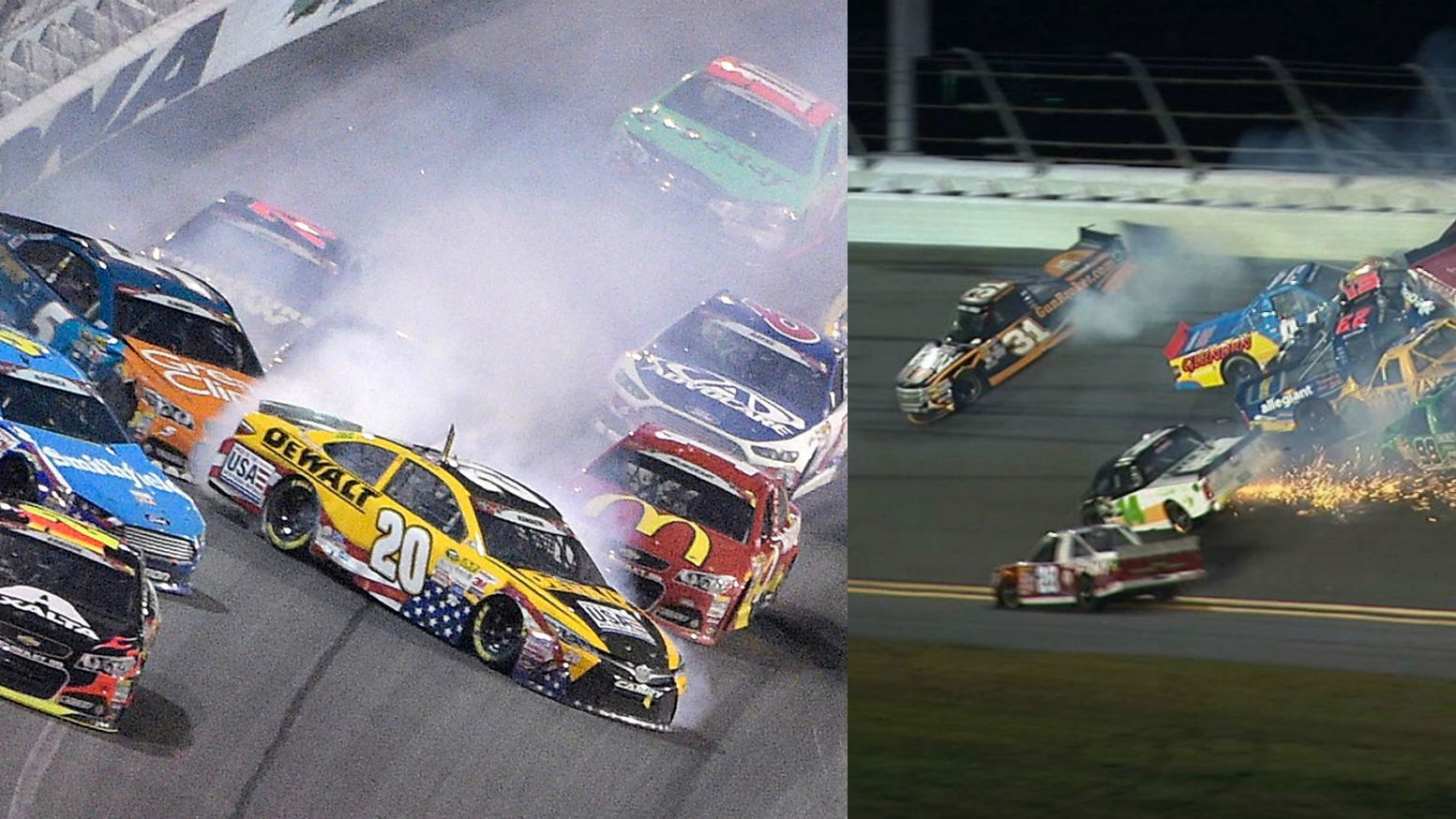
Having read a fair few suggestions for motorsport comparison pieces, we thought we’d go down a new route and look at the differences between the Nascar machines that race in the Sprint Cup and Truck championships. Let’s go!
Nascar Sprint Cup
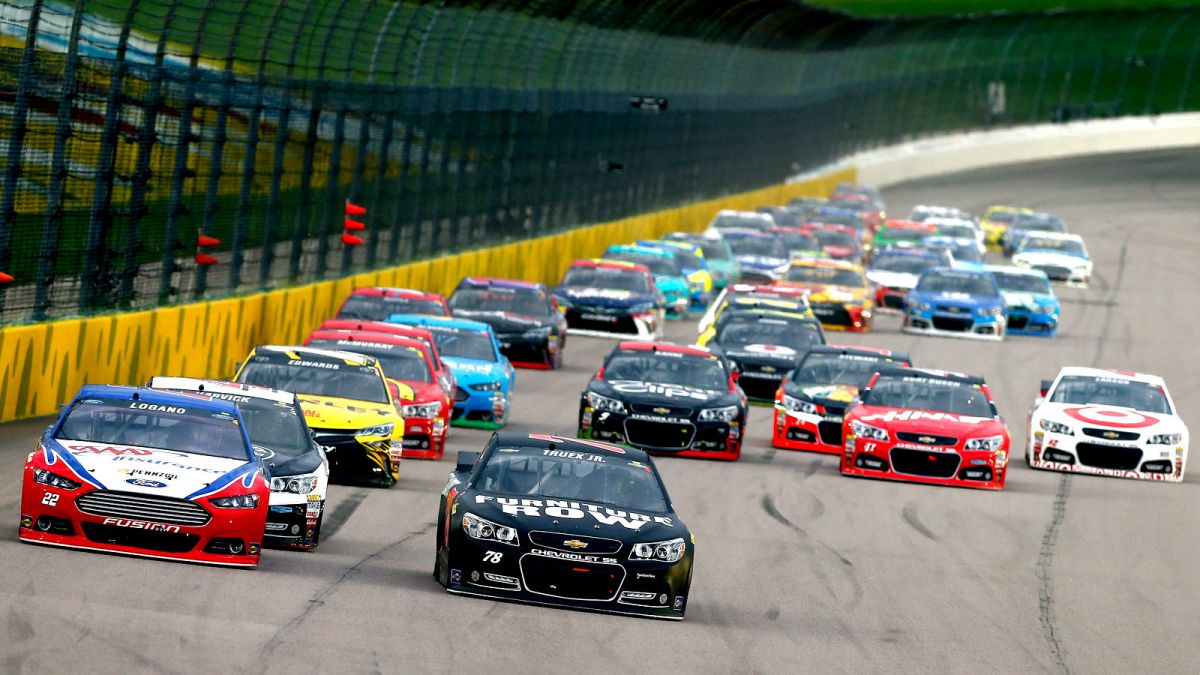
The Nascar Sprint Cup is the top tier of the national Nascar ladder, the pinnacle of the sport if you will. If it was a single-seater series, it would be F1. 2016 is the 68th season of professional stock car racing in the USA and features 36 rounds at famous tracks like the Indianapolis Motor Speedway, Talladega Superspeedway and Watkins Glen - yeah, they don’t just race on ovals (although most of the time that is the case).
The field is packed full of top drivers, from Jimmie Johnson to Dale Earnhardt Jr, Kyle Busch (who won last year’s title) and Brad Keselowski. There are a few not-so-good racers in the mix too, as there always is in motorsport, and each round is often littered with chaos, crashes, incidents and flared tempers.
The Nascar Sprint Cup remains one of the most popular sports in the USA. The championship is decided by the rather complicated ‘Chase for the Sprint Cup’. 16 drivers qualify for it based on wins and points during the regular season.
They compete in the normal 40-car field across the final 10 rounds, with several eliminations taking place until the final race. If a Chase driver wins, they automatically get a place in the next round and the rest is based off points scored. At the finale the top four go head-to-head, with the highest placed finisher taking the crown.
Now to the techy stuff. The cars are made of steel tube frames with roll cages, making up the space frame chassis, with 89mm ground clearance. The cars run slick tyres from Goodyear. They have wheelbases of 2794mm, measure 5036mm in length (around the same as an F1 car), 1956mm in width and are 1378mm high. The minimum weight for cars with the driver and fuel is 1576kg.
Powered by naturally-aspirated 5.8-litre V8 engines, the cars produce around 725bhp unrestricted (having recently been decreased), or 445bhp with restrictor plates (which are used at specific tracks). Torque levels measure 530ft lb and the fuel capacity at most tracks is 68 litres, delivered through electronic fuel injection – which only arrived in the series in 2012. In 2015 top speeds were around 200mph, sometimes over and sometimes under depending on the track.
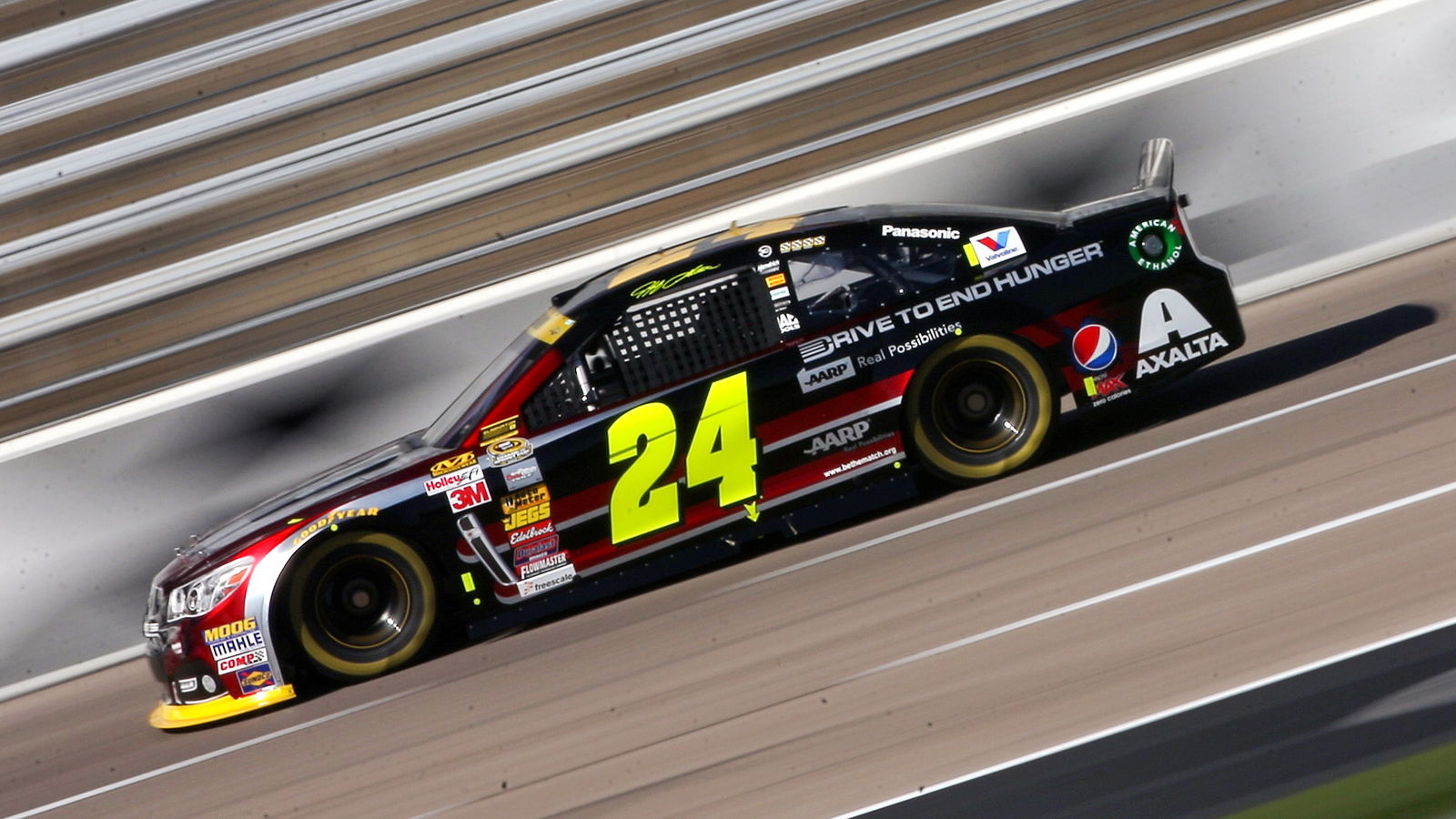
Cars run four-speed manual gearboxes, with three-disc carbon-fibre clutches. Cast-iron disc brakes are also used. Aero, brakes and the suspension settings can all depend on the type of track being raced on. The current Generation 6 car in the Sprint Cup debuted in 2013, with the major changes being to the bodywork.
The front-engine, rear-wheel-drive cars are said to be based off current road car models – the Ford Mondeo (Fusion), Toyota Camry and Chevrolet SS – but the only real similarity is the look. This was brought in for the Generation 6 car through improving the visuals of the cars to make them better resemble machines on the road, as well as helping to differentiate the manufacturers involved.
There have been some changes for 2016, with rear spoiler heights decreasing from six to 3.5 inches at all circuits other than Daytona and Talladega. This is one of the few pieces of aero on the cars. Front splitter leading edges and radiator pan widths have also been reduced to make cars trickier to drive, while gear ratios have been adjusted to maintain a maximum 9000rpm engine speed in top gear.
Nascar Camping World Truck Series
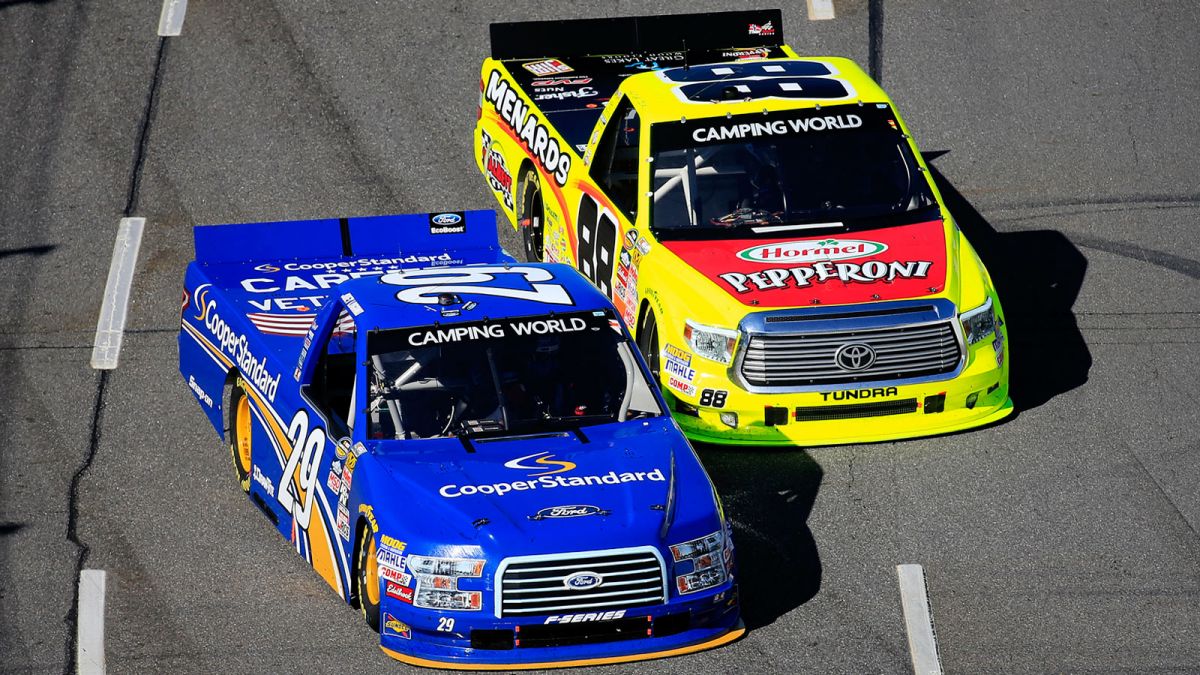
The Truck series is the bottom tier of the national Nascar division, below the Xfinity series and the top championship, the Sprint Cup. It is the only series that races modified pickup trucks, with its inaugural season taking place in 1995, 46 years after the first campaign for top-line stock car racing in the USA.
While the Sprint Cup races on a mix of ovals, as well as two road courses, the Truck series is predominantly on intermediate oval tracks, with a few speedways, short tracks, road courses and dirt tracks in the mix too. Ford, GM and Toyota are all represented in the Truck championship, like the Sprint Cup.
The 2016 season will be spread over 23 races, with a similar play-off system to the Chase for the Sprint Cup being adopted for the final seven rounds. Many races of the series support the Sprint Cup, but some do take place on different weekends and at different race tracks. The controversial ‘Caution Clock‘ rule debuts this year, where after 20 minutes of green-flag racing a caution will be called.
The Truck series is often seen as a training ground for the Nascar Xfinity and Sprint Cup categories, in a similar way to F3/GP3 and GP2 being on the ladder to F1. Many top drivers have come through the championship and gone on to success in the next two tiers. Recent examples include Austin Dillon, James Buescher and Erik Jones.
Looking at the tech, similar to the Sprint Cup, the cars are made up of a steel tube frame with safety roll cage. Arguably, they resemble their road-going counterparts much more than the top tier of Nascar. Currently the Chevrolet Silverado, Ford F-150 and Toyota Tundra are represented.
The cars are powered by 6.0-litre, naturally-aspirated V8 engines, with carburettors instead of the electronic fuel injection of Sprint Cup machines. Power is around 650-700bhp unrestricted (450bhp restricted) and top speeds are around 180mph depending on the tracks that the cars run at, as specs can change.
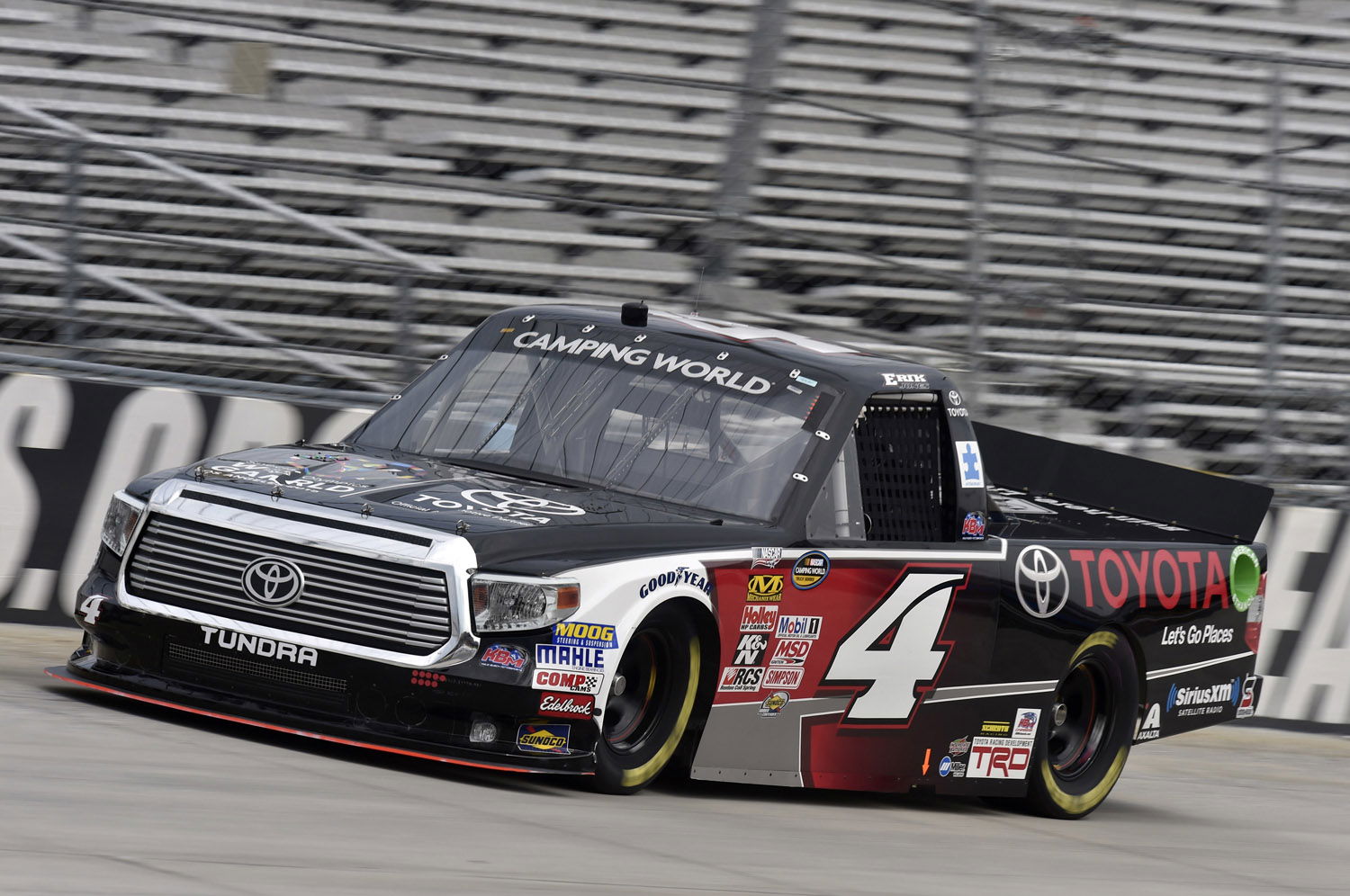
Torque levels are 520ft lb and fuel tanks take a maximum of 68 litres. Four-speed manual gearboxes are used by the drivers, and they compete on slick Goodyear tyres. The maximum weight with fuel, but not with the driver, is 1542kg - add the driver and you get a similar figure to the Sprint Cup cars.
But how do the trucks measure up? With a wheelbase of 2845mm, length of 5245mm, height of 1524mm and the cars being 2032mm wide, they are slightly bigger than the machines racing in the higher Sprint Cup category. Aero is once again limited, with front splitter and rear spoiler being the main sources.
What else do you want to see compared in the motorsport world? Let us know below.
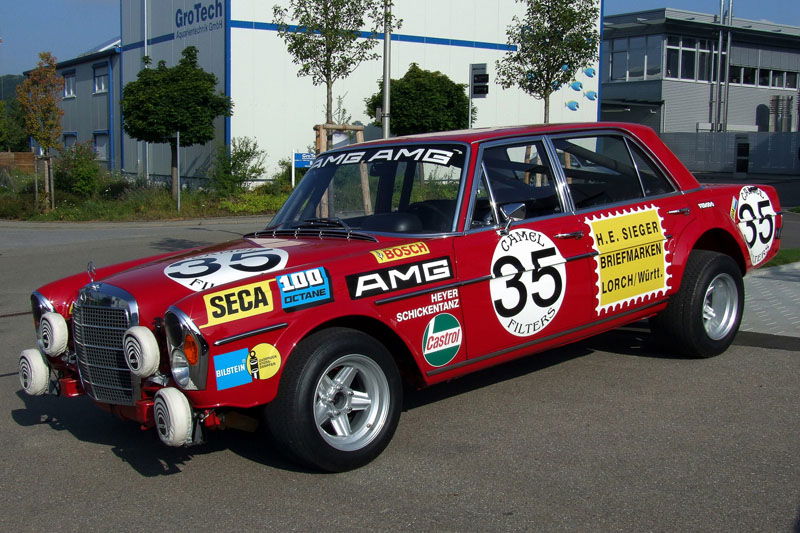
Comments
f1 vs indy?
So let me sums this up :
1.Nascar Sprint Cup (F1)
2.Xfinity (Gp2/F2)
3.Truck series (Gp3/F3)
Correct me if i’m wrong :)
Biggest difference
One has cars and the other has trucks :p
Great article though
I know one of them no longer exists, but WRC vs Group B?
Isn’t the field in NASCAR 43 cars not 40?
The Ford bodied cars are Fusions I believe, because we don’t get the Mondeo in the US. But they’re essentially the same thing
Basically, let the mechanics and rocket scientists do their thing, all you have to do is finish in first place without killing nobody.
Cool comparison! I wish they’d go back to real stock car racing. All the manufacturers put their best on the track with additional safety equipment installed.
I’d love to watch a Hellcat, ZR1, and a GT350 duke it out every weekend!
Nascar Sprint Cup cars inspired by: The car your grandma drives
Truck Series: The car your Grandpa drives.
And Camping World Trucks race on dirt. Not really important to the story, but it’s an awesome race and I wanted to mention it.
Pagination